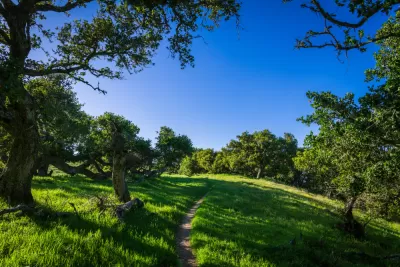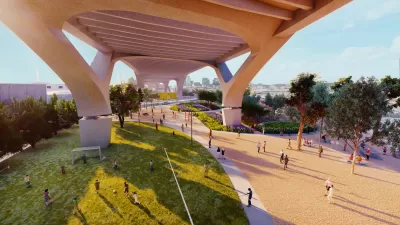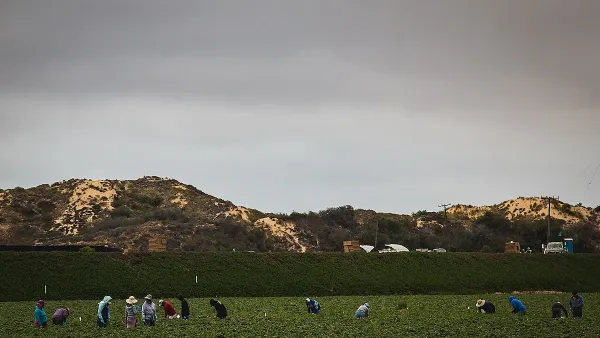Rural communities are not homogeneous. Each has its own unique demographics, location, topography, history, park and recreation needs, and community preferences.

What are the unique park and recreation needs of rural areas and what are the best ways to address them? These are key questions for local park agencies to answer. To that end, the Los Angeles County Department of Parks and Recreation (DPR), for example, has conducted various park planning efforts to collect input from residents in rural communities.
One of these planning projects is the 2022 Parks Needs Assessment Plus (PNA+), which is a focused update to the 2016 Los Angeles Countywide Parks and Recreation Needs Assessment (PNA). The PNA was a historic undertaking to engage all cities and the unincorporated areas in Los Angeles County in a collaborative process to identify and quantify park needs and determine the potential cost of meeting that need. The PNA+ builds on the PNA by providing a more in-depth and nuanced understanding of regional and rural park needs. To address a motion passed by the Los Angeles County Board of Supervisors in 2019, PNA+ comprehensively identifies, analyzes, maps, and documents the availability of and access to regional facilities and the park needs of rural communities.
In this article, park planner Clement Lau summarizes key findings from PNA+ regarding rural park and recreation needs. He also offers examples of ways to address the identified needs, such as developing new parks, improving and expanding existing parks, replacing destroyed or damaged recreational facilities, acquiring additional open space, and providing public transportation to regional and rural park sites.
FULL STORY: Rural Parks And Recreation

Planetizen Federal Action Tracker
A weekly monitor of how Trump’s orders and actions are impacting planners and planning in America.

Congressman Proposes Bill to Rename DC Metro “Trump Train”
The Make Autorail Great Again Act would withhold federal funding to the system until the Washington Metropolitan Area Transit Authority (WMATA), rebrands as the Washington Metropolitan Authority for Greater Access (WMAGA).

DARTSpace Platform Streamlines Dallas TOD Application Process
The Dallas transit agency hopes a shorter permitting timeline will boost transit-oriented development around rail stations.

San Francisco's School District Spent $105M To Build Affordable Housing for Teachers — And That's Just the Beginning
SFUSD joins a growing list of school districts using their land holdings to address housing affordability challenges faced by their own employees.

Car-Centric LA Suburb Looks to a Train-Oriented Future
City leaders in Rancho Cucamonga, the future western terminus of the Brightline West rail line to Las Vegas, want to reimagine the city as a transit-oriented, pedestrian-friendly community.

New Alaska Bitcoin Mine Would Burn as Much Energy as the State’s Largest Coal Plant
Fueled by “stranded” natural gas, the startup hopes to become the largest in the US, and to make Alaska an industry center.
Urban Design for Planners 1: Software Tools
This six-course series explores essential urban design concepts using open source software and equips planners with the tools they need to participate fully in the urban design process.
Planning for Universal Design
Learn the tools for implementing Universal Design in planning regulations.
Municipality of Princeton
Roanoke Valley-Alleghany Regional Commission
City of Mt Shasta
City of Camden Redevelopment Agency
City of Astoria
Transportation Research & Education Center (TREC) at Portland State University
US High Speed Rail Association
City of Camden Redevelopment Agency
Municipality of Princeton (NJ)





























